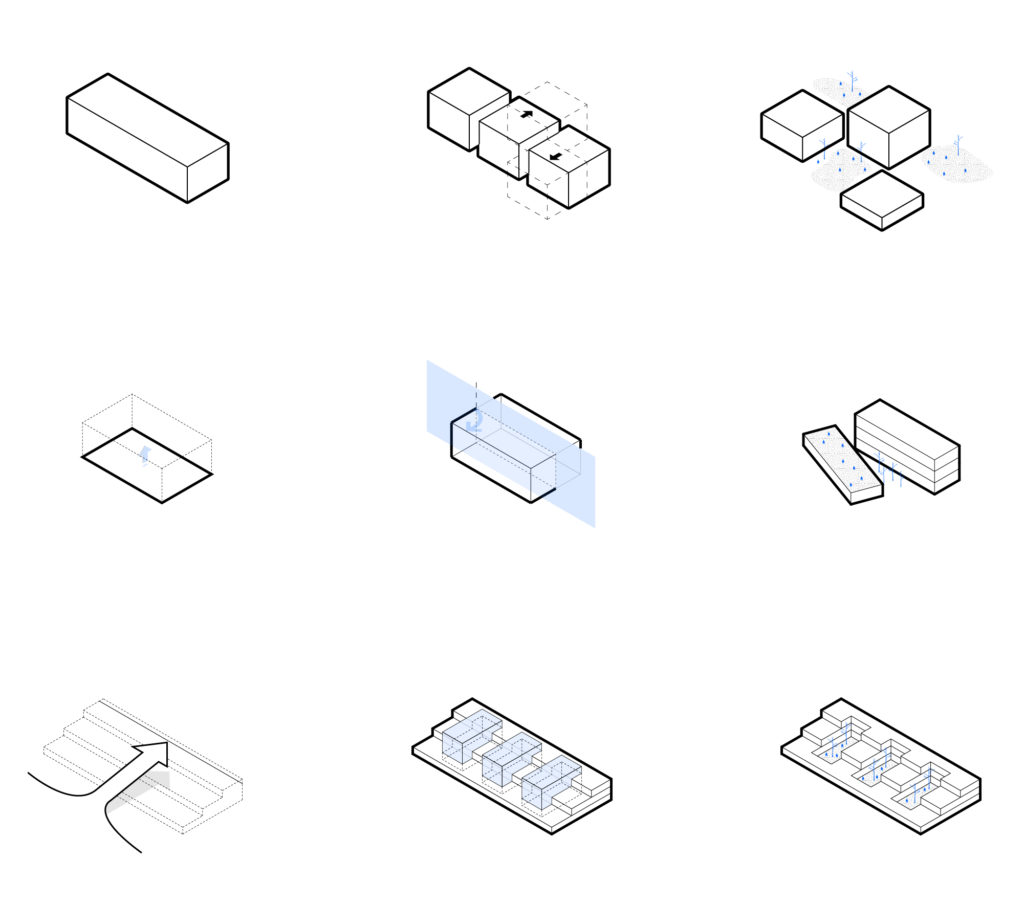- Home
- Articles
- Architectural Portfolio
- Architectral Presentation
- Inspirational Stories
- Architecture News
- Visualization
- BIM Industry
- Facade Design
- Parametric Design
- Career
- Landscape Architecture
- Construction
- Artificial Intelligence
- Sketching
- Design Softwares
- Diagrams
- Writing
- Architectural Tips
- Sustainability
- Courses
- Concept
- Technology
- History & Heritage
- Future of Architecture
- Guides & How-To
- Art & Culture
- Projects
- Interior Design
- Competitions
- Jobs
- Store
- Tools
- More
- Home
- Articles
- Architectural Portfolio
- Architectral Presentation
- Inspirational Stories
- Architecture News
- Visualization
- BIM Industry
- Facade Design
- Parametric Design
- Career
- Landscape Architecture
- Construction
- Artificial Intelligence
- Sketching
- Design Softwares
- Diagrams
- Writing
- Architectural Tips
- Sustainability
- Courses
- Concept
- Technology
- History & Heritage
- Future of Architecture
- Guides & How-To
- Art & Culture
- Projects
- Interior Design
- Competitions
- Jobs
- Store
- Tools
- More
Importance of Architectural Diagrams
Architectural diagram is a way to explain concept, spatial organizations and ideas of the projects. Architects create various types of architectural diagrams in their own way. Some of designers prefer abstract diagrams, some of them create more massive diagrams.

Architectural diagram is a way to explain concept, spatial organizations and ideas of the projects. Architects create various types of architectural diagrams in their own way. Some of designers prefer abstract diagrams, some of them create more massive diagrams. Why do we need these diagrams in architecture? What is the importance of architectural diagrams in the process of architectural design? In this article, we will talk about the importance of architectural diagrams for architects and architecture students below.
Table of Contents
ToggleWhat is Architectural Diagrams?
A visual representation that show the actual physical implementation of a system’s elements is called an architecture diagram. It shows the relationships, constraints, and boundaries between each piece as well as the overall structure of an architectural work. In architectural presentations, each architects need to use diagrams to convey the ideas of their projects. Architectural diagrams can be change according to program and scale of the projects. Sometimes abstract ideas can be showed as a visual diagram, sometimes concrete volumes can be conveyed in an abstract way with diagrams. Each architecture student should learn to create diagrams in their own design approach. Architectural competitions, student school projects and even architectural professional works need have architectural diagram to understand by jury members or clients.

Why Do We Need Diagrams?
Architectural diagrams have various elements according to types of the diagrams. For instance, in exploded axonometric diagrams of a building, structural elements, floor elements, roofing, materials and other layers are illustrated one by one. You should use diagrams to best explain your projects and illustrate all the details. Architectural diagrams, like all forms of expression in architecture, are representations. When creating an architectural representation, you can create diagrams according to the needs of the project in your own style.
If you describe your project only through technical drawings and renders without an architectural diagram, you will encounter 2 different situations. First, no matter how professional your renders are, camera angles need to be in certain places. For this reason, the renders only explain and show the project from 3-4 different angles. A client who only looks at your renders cannot fully understand your project. The second situation is that no matter how well you represent plans and sections on technical drawings, 2-dimensional drawings will not reflect the spatial atmosphere well.
For a better presentation, perspective sections, explaining these sections diagrammatically, showing all architectural elements are needed.
We need architectural diagrams because architectural presentation is to describe the design process of the project. At the very beginning of the process, you need to show how the concepts came to be and how you applied them to your project. We need concept diagrams, contextual diagrams how you approach the project area and then structural diagrams of architectural elements.

Architectural Diagram Types
To convey the design process of your project, you can decide which type of architectural diagrams to create depending on the architectural program. However, our advice to you is to explain how you approach the field with the contextual diagram, regardless of the program, with its social and physical aspects. Some examples of diagram types below:
- Contextual Diagram
- Conceptual Diagram
- Program Diagram
- Circulation Diagram
- Function Diagram
- Flow Diagram
- Structural Diagram
- Infrastructure Diagram

How To Make Creative Diagrams?
Before creating a diagram, decide which ideas in your project and which parts of the building you want to illustrate with diagrams. If you have decided to create mass diagrams instead of abstract diagrams, we recommend you to work with layers in the modeling software you developed your project. For example, when you turn off the “wall” layers, you can show the tiles, so you can get the perspective images from the modeling software and show the architectural element you want in a diagrammatic language. In order to create concept diagrams, you need to archive your project by copying its stages while it is in the design process. At the presentation stage, you can create a diagram from your old drawings by showing how they came to be final.
You can turn the drawings you have taken from modeling software into diagrams through programs such as Adobe Photoshop or Adobe Illustrator. The important thing in this part will be to develop an original representation in your own style.
Download Architectural Diagrams eBook
- arch diagrams
- architectural blueprint examples
- Architectural Design Process
- Architectural Diagrams
- architectural drawing techniques
- Architectural Portfolio Diagrams
- Architectural Visualization
- architecture design software
- architecture project planning
- architecture visualization techniques
- benefits of architectural diagrams
- Bubble Diagram
- building design diagrams
- Concept Diagrams
- Diagram Design Process
- Diagram Guide
- diagram tools for architects
- Diagram Types
- floor plan design tips
- home architecture planning
- house design diagrams
- importance of architectural diagrams
- importance of blueprints in architecture
- role of architectural diagrams
- schematic architecture designs
Submit your architectural projects
Follow these steps for submission your project. Submission FormLatest Posts
Tips for Using Runners to Transform Hallways and Spaces
Hallways work hard. They handle daily foot traffic, muddy shoes, and the...
Essential Architecture Tools in 2026: Software, AI, and Physical Equipment
Architecture in 2026 demands more than design talent alone. From BIM and...
Light of Tomorrow by VELUX 2026
This competition encourages architects to design visionary spaces where natural light drives...
Top 10 Online Platforms to Find Apartments for Rent in San Antonio
San Antonio, Texas, with its vibrant culture, historical landmarks, and strong job...












Leave a comment